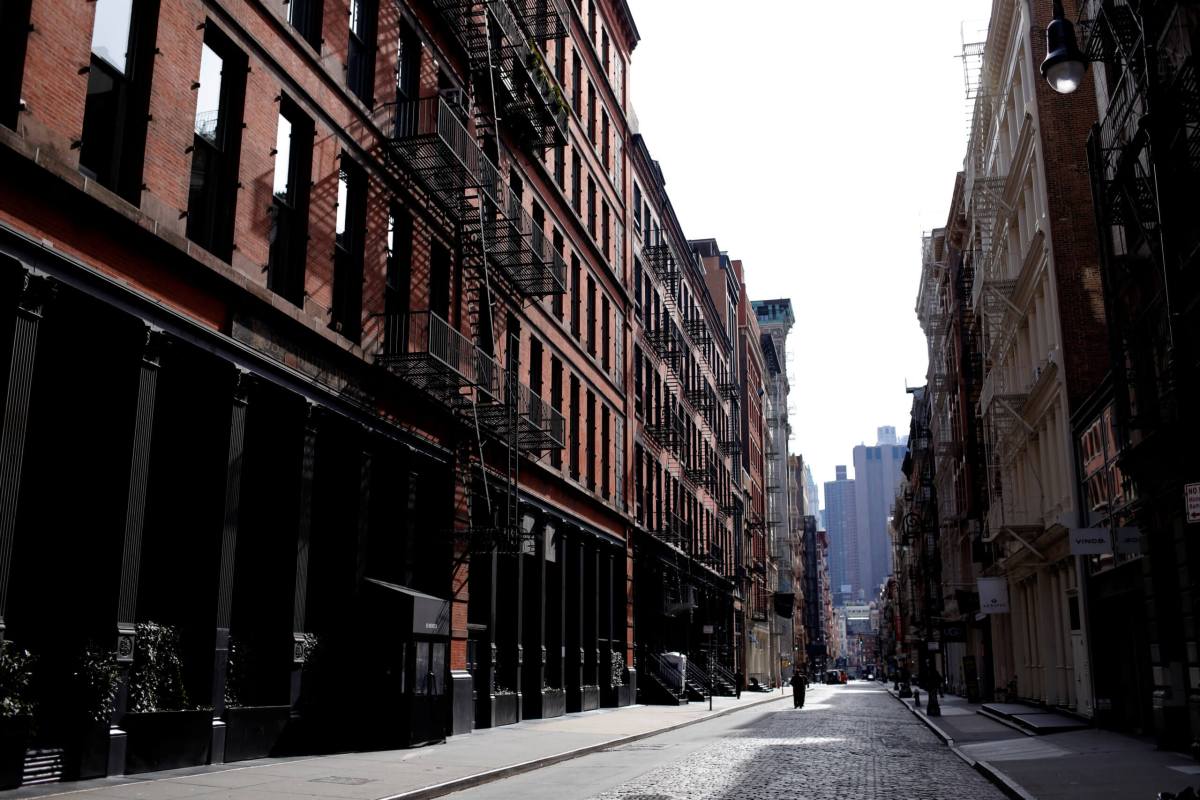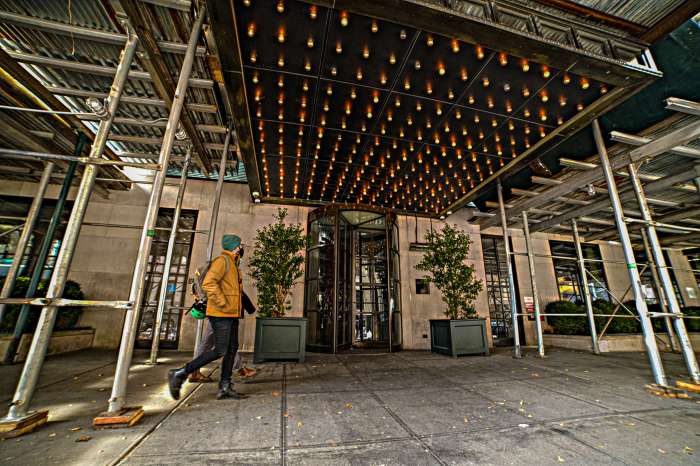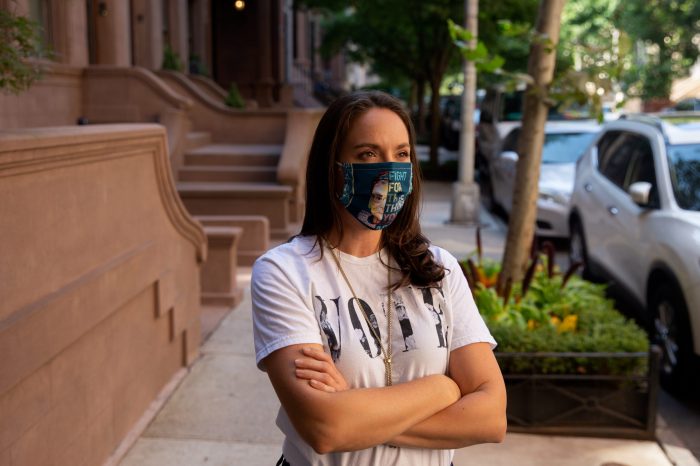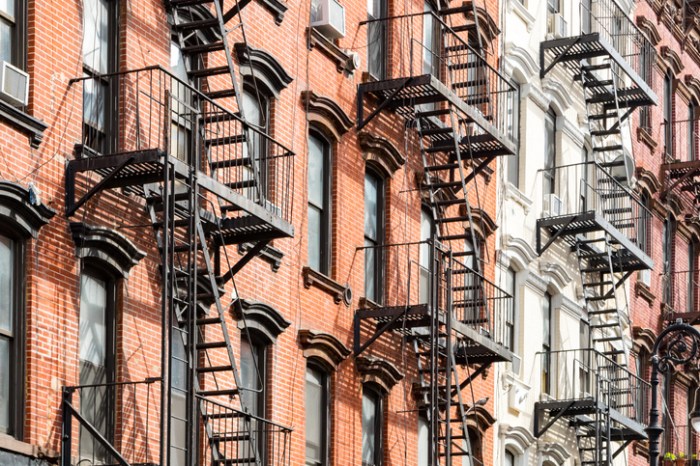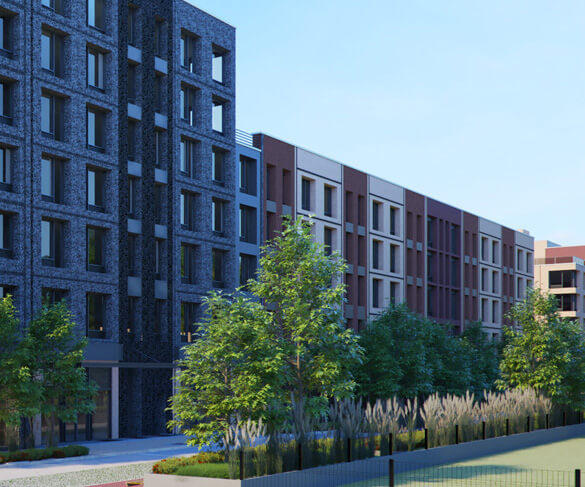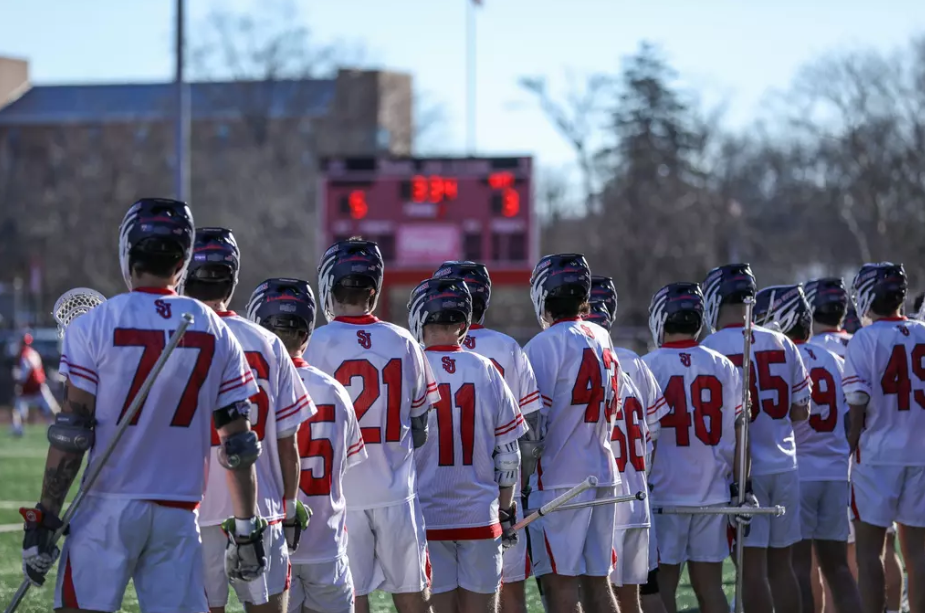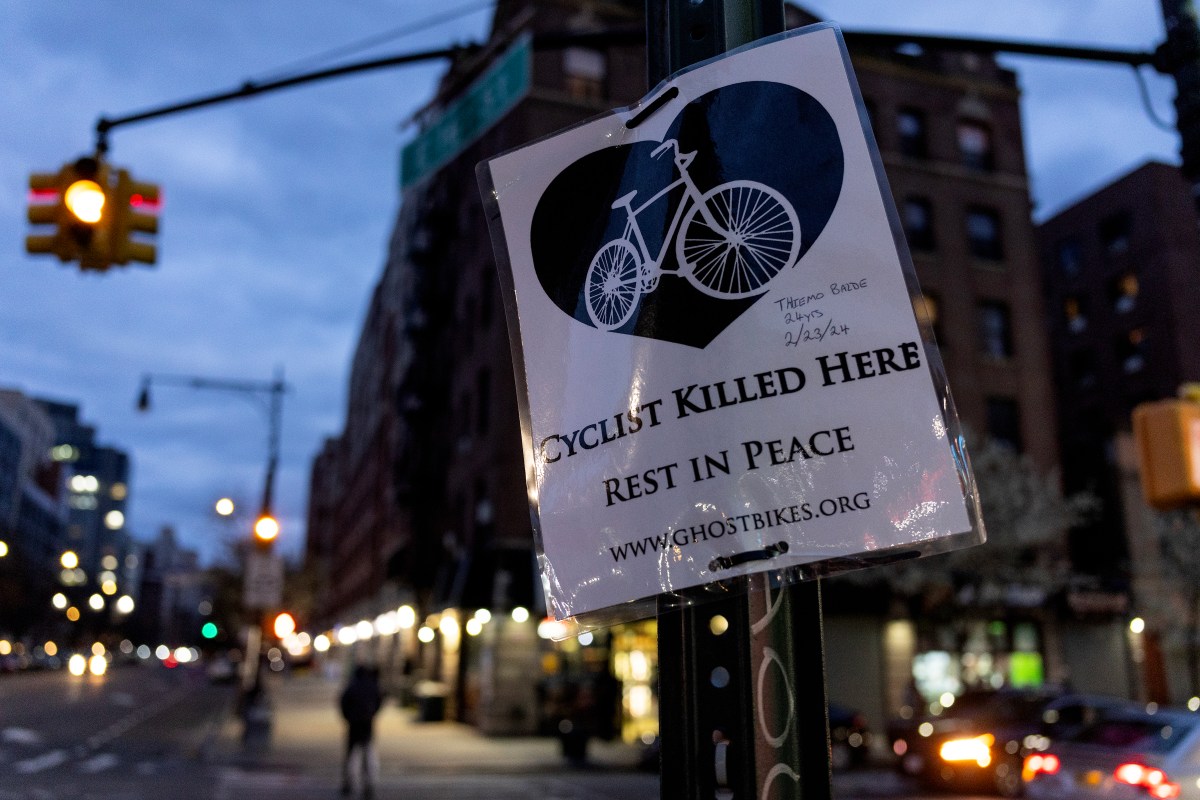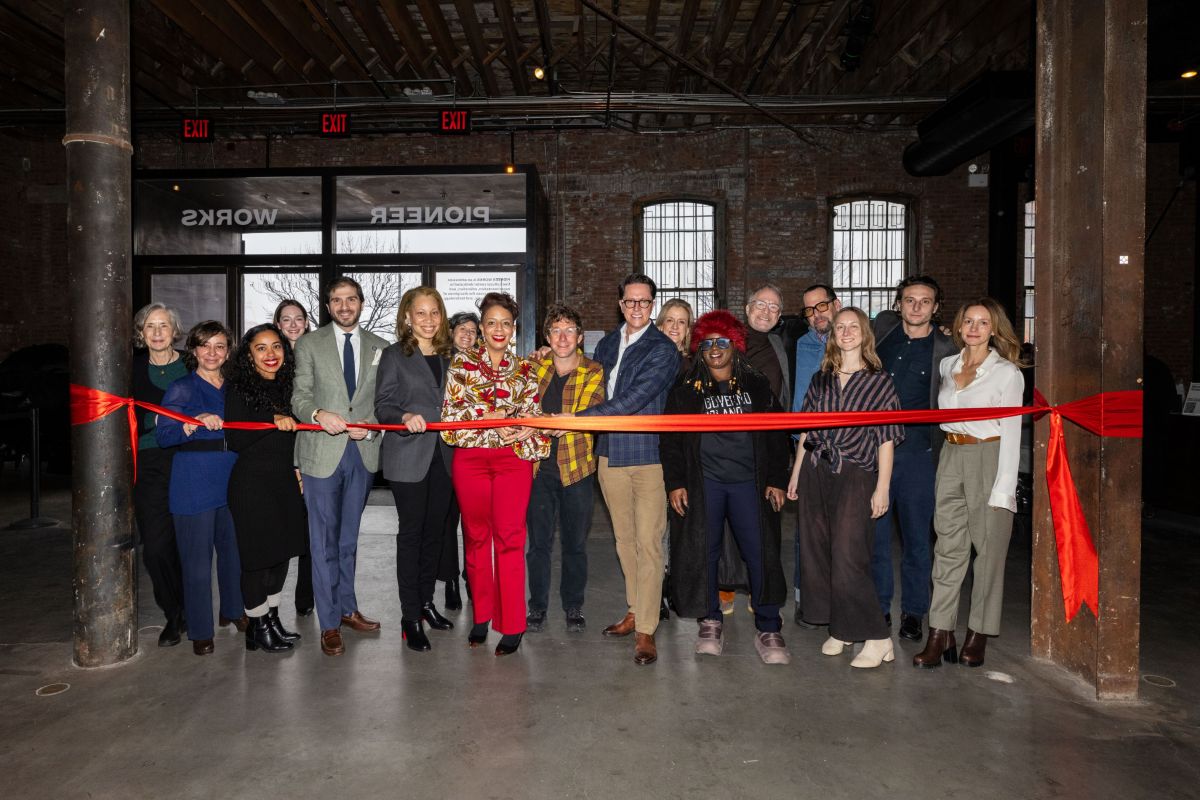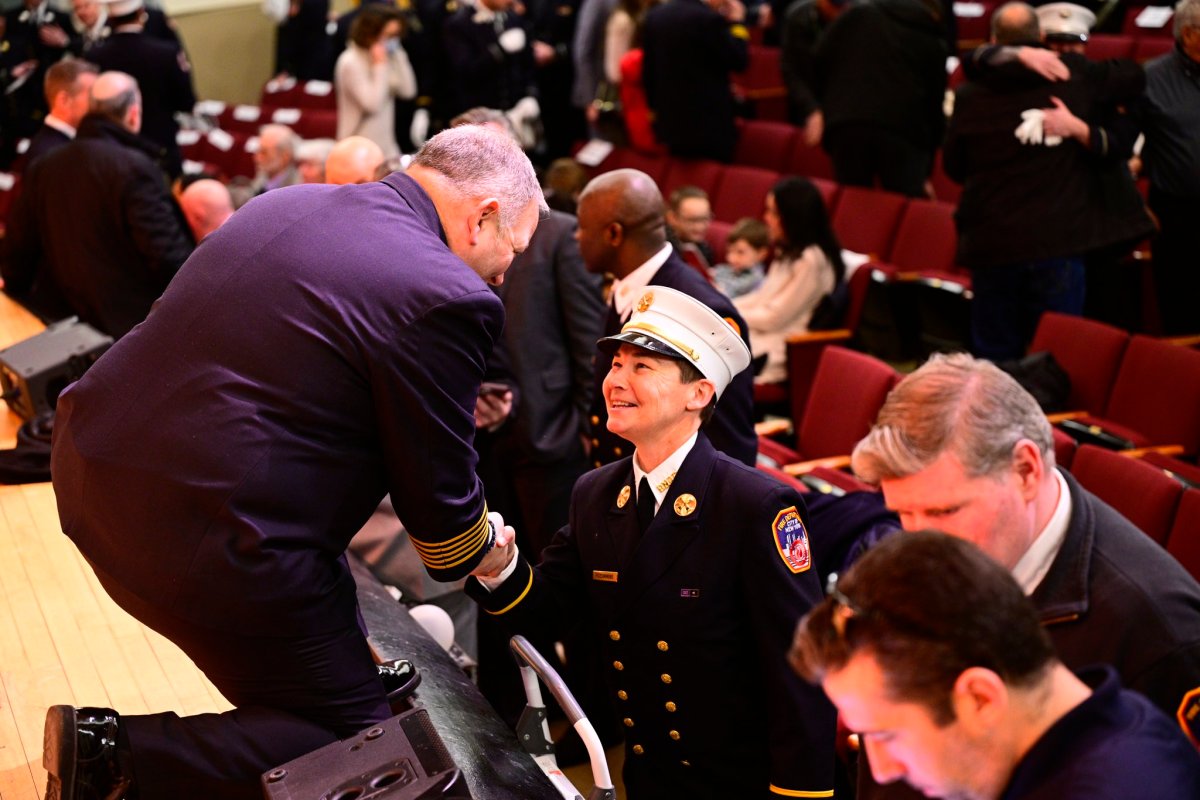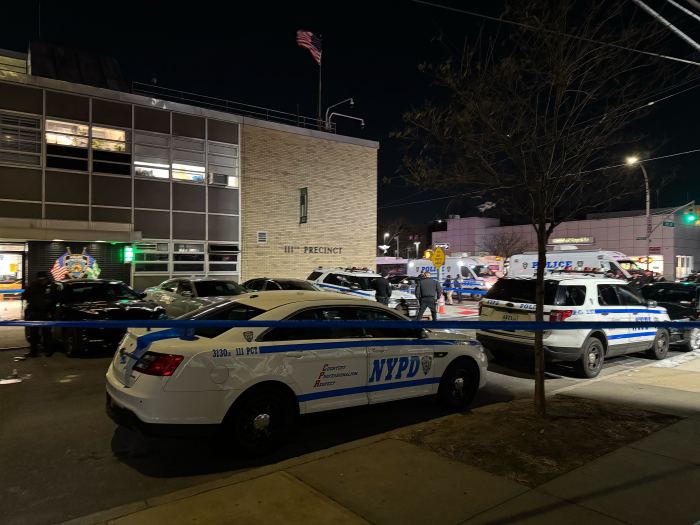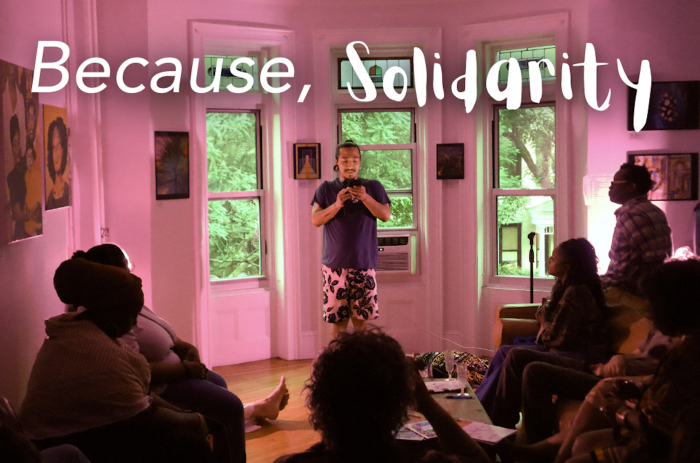Hundreds listened to and spoke out during a seven-hour virtual hearing that the City Council’s Land Use Committee held Tuesday regarding the SoHo/NoHo rezoning plan, the last in a series of public hearings about the controversial proposal to permit greater building in the historic neighborhoods.
The Nov. 9 hearing occurred less than a month after the City Planning Commission (CPC) gave its unanimous approval of the plan, which would “upzone” much of the communities and permit the construction of 3,500 new homes, about 900 of which would be designated as affordable housing.
CPC Chair Anita Laremont, who testified at Tuesday’s hearing, stressed that the rezoning plan would finally unleash a long-stalled wave of new development in the community address economic and housing needs.
“Current zoning does not allow new housing without special permission, has no affordability requirements for residential development, and severely restricts the use of ground floors to industrial uses,” she testified. “As such, this restrictive regime has resulted in extremely limited housing options that exclude moderate- and low-income New Yorkers, increases pressure on surrounding neighborhoods and less protected areas, contributes to storefront vacancies, and disproportionately burdens smaller business owners, who often lack the resources and capacity to navigate land use and environmental review processes, leaving them therefore at a disadvantage.”
But community activists, including Village Preservation, have argued that the SoHo/NoHo rezoning would do the opposite of its intent — luring more development while simultaneously making the area less affordable to New Yorkers. The Historic Districts Council further charged that the proposal would potentially “be profoundly damaging to the designated landmark properties of the historic districts it encompasses and to the practice of historic preservation throughout New York City.”
“Protecting historic buildings does rely upon having the underlying zoning match up with the existing buildings,” the HDC indicated in its testimony. “If the City increases the underlying zoning of these buildings – encouraging much more bulk than they currently have – it puts an enormous strain on the Landmarks Commission to keep the landmark building intact. If City Planning says a 15 story building can be built where a 7 story building currently stands, how can the Landmarks Commission say “no”? This baked-in conflict strains the system and is unfair to both property owners and the agencies.”
Local lawmakers also had a mixed reaction to the proposal. The Commercial Observer reported that Assemblywoman Deborah Glick testified the plan served as “an audacious giveaway to luxury development, guaranteeing a less diverse and more wealthy enclave,” while state Senator Brad Hoylman lamented that the CPC did not previously alter the proposal to meet the objections of residents and create a more agreeable scenario.
But Sheena Kang, senior policy analyst at Citizens Housing & Planning Council, argued that the opposition to the SoHo/NoHo plan ranged from “mildly misinformed” to “downright racist.”
“I have watched opponents try to redefine SoHo/NoHo as a low-income community of color by manipulating data and appropriating the demographics of immigrant communities living nearby. This last ploy is not only deeply offensive, but it also undermines the very real concerns of communities in New York City that have dealt with the impacts of disinvestment and structural racism for decades,” Kang said. “SoHo/NoHo is indeed a special place. But no neighborhood is so special that preserving it in amber is worth depriving thousands of families of access to housing.”
A full City Council vote on the matter is anticipated before the end of 2021.



